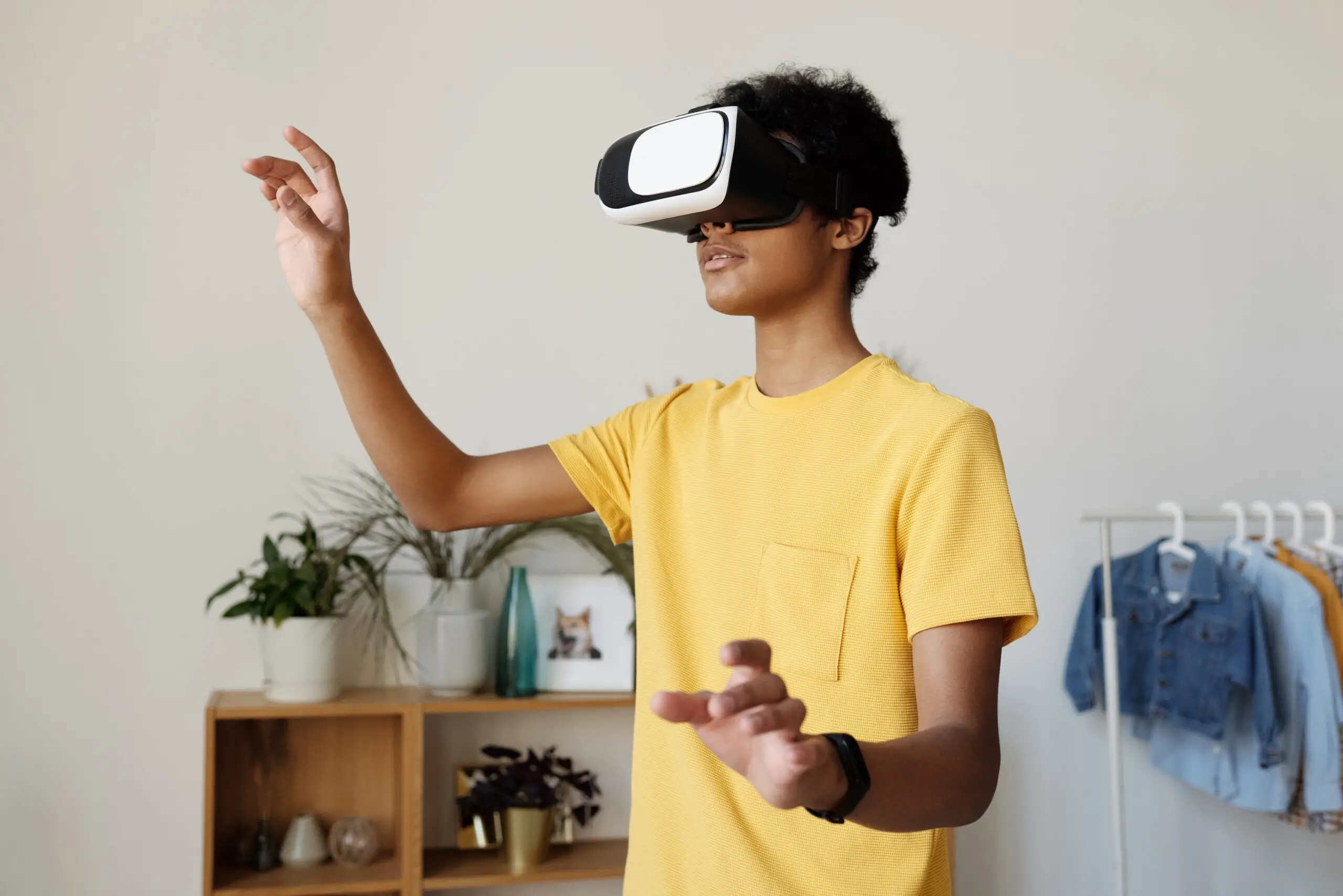Prisms VR has recently raised $12.5 million in funding to enhance math literacy through virtual reality headsets for visualization.
Andreessen Horowitz led the round. Prisms VR is the first educational technology platform to use virtual reality (VR) to boost math proficiency in US schools. It was launched in 2021 to bring problem-driven, tactile, and visual learning to the math classroom.
The business made its VR app available on the Meta Quest network. In 110 school districts nationwide, virtual reality learning is being used. More than 100,000 students use it in 26 states. The company has a team of fifteen people and is just beginning to ramp up sales.
“It’s just rapidly growing, without really doing much at all, because teachers and kids are so fed up with how math instruction has been,” said Anurupa Ganguly, founder and CEO of Prisms VR.
According to Ganguly, the best way for students to comprehend the “why” behind math, a question many students have unanswered, is to learn math in virtual reality. Students can understand abstract concepts they typically memorize through tactile real-world experiences, whether in rural areas or big cities.
Prisms plans to expedite its team, product, and market growth and adoption with the money from this most recent round. Additionally, the funds will be used for product development in higher education and other fields and to expand programs to more schools.
Customers can purchase the VR math content module from Prisms through the Meta Quest store for $24 on an annual subscription basis.
To fund Prisms VR initially, Ganguly received non-dilutive funding from the National Science Foundation and the National Institutes of Health in 2020. In June 2021, she raised a $1.2 million seed round.
Students who see a problem from a first-person perspective have much more clarity to solve. Instead of being passive, learning becomes active. In particular, it’s challenging to fall asleep when you’re moving around in class. And that benefits students who might be reluctant to try math because they’ve had failures in the past.
Still, much work needs to be done to help teachers catch up with the technology, schools must invest heavily in training. Prisms VR is currently working on three studies to evaluate the learning outcomes in the arena. One study discovered a 10% average increase in learning outcomes.
Follow us on Linkedin.
Read other Articles





